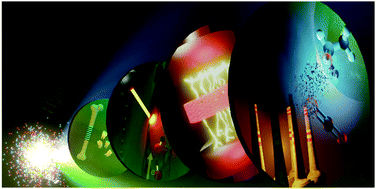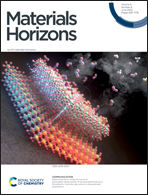Permanently polarized hydroxyapatite, an outstanding catalytic material for carbon and nitrogen fixation
Abstract
Hydroxyapatite (HAp) is a well-known ceramic material widely used in the biomedical field. This review summarizes the very recent developments on permanently polarized HAp (pp-HAp), a HAp variety with tuned electrical properties that confer remarkable catalytic activity. pp-HAp is obtained by applying a thermal stimulation polarization process (TSP), which consists on a DC electric voltage of 500 V at 1000 °C, to previously sintered HAp. The TSP not only increases the crystallinity, reducing the defects in the crystal lattice, but also creates charges that accumulate at the crystalline boundaries and at the surface of microscopic grains, boosting the electrical conductivity. Finally, the successful utilization of pp-HAp in the catalytic fixation of carbon and nitrogen from CO2 and N2 gases, respectively, is reported and the formation of different products of chemical interest (e.g. amino acids, ethanol and ammonium) as a function of the reaction conditions (i.e. feeding gases and presence/absence of UV illumination) and catalyst plasticity is discussed. pp-HAp exhibits important advantages with respect to other consolidated catalysts, which drastically increases the final energetic net balance of the reactions.



 Please wait while we load your content...
Please wait while we load your content...